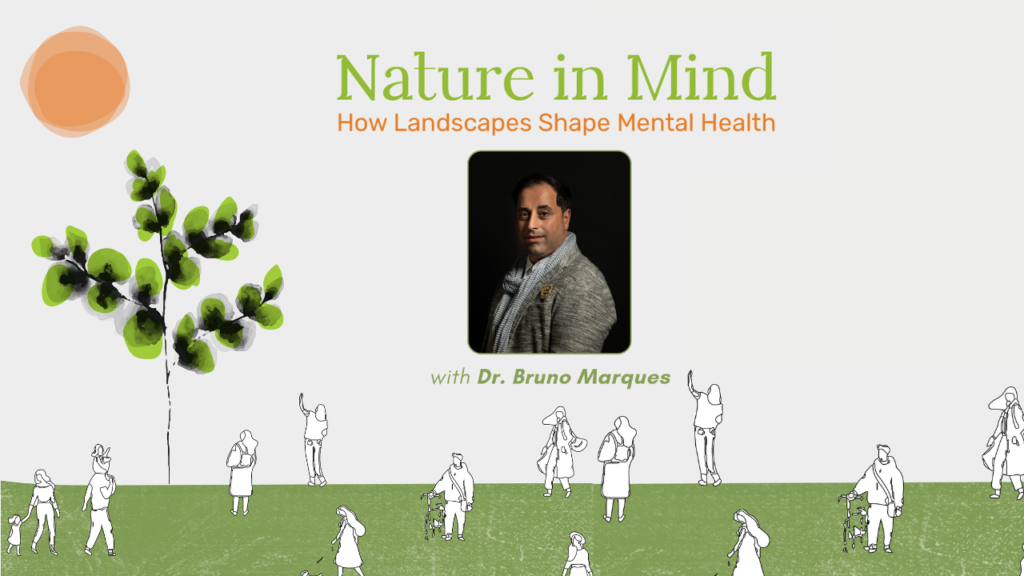Dr Bruno Marques is a landscape architect and educator. He completed his Landscape Architecture studies at the University of Lisbon (Portugal) and Berlin Technical University (Germany), followed by his PhD studies at the University of Otago (New Zealand). Bruno has practised in Germany, Estonia, the United Kingdom and New Zealand, having an extensive portfolio of Read More
Tag: landscapes
How can VR improve mental health
Eascape, a new VR relaxation app created by neuroscientists and landscape architects, makes it possible to benefit from the healing power of nature without leaving home. The test version of the app has just been launched, as the whole world deals with the consequences of coronavirus waves and lockdowns. It is not a coincidence. In Read More
NeuroLandscape featured in BBC “My Perfect City”
NeuroLandscape featured in BBC “My Perfect City” Series episode which was released on: 30 Dec 2020 New episode of the BBC World Service “My perfect city” features Dr Agnieszka Olszewska-Guizzo among other experts. They discuss Singapore as a city which attempts to improve residents’ mental wellbeing through urban design. Generally, people in cities are likely Read More
Layers of Landscape – Contemplative Landscape Features Series
If you have ever wondered why movie characters always seem to be entrenched in deep thought while looking out far into the distance, this post is for you as it explains the science behind this magic of long-distance views.It all comes down to a category of contemplative features of landscapes we call ‘Layers of Landscape’. Read More


